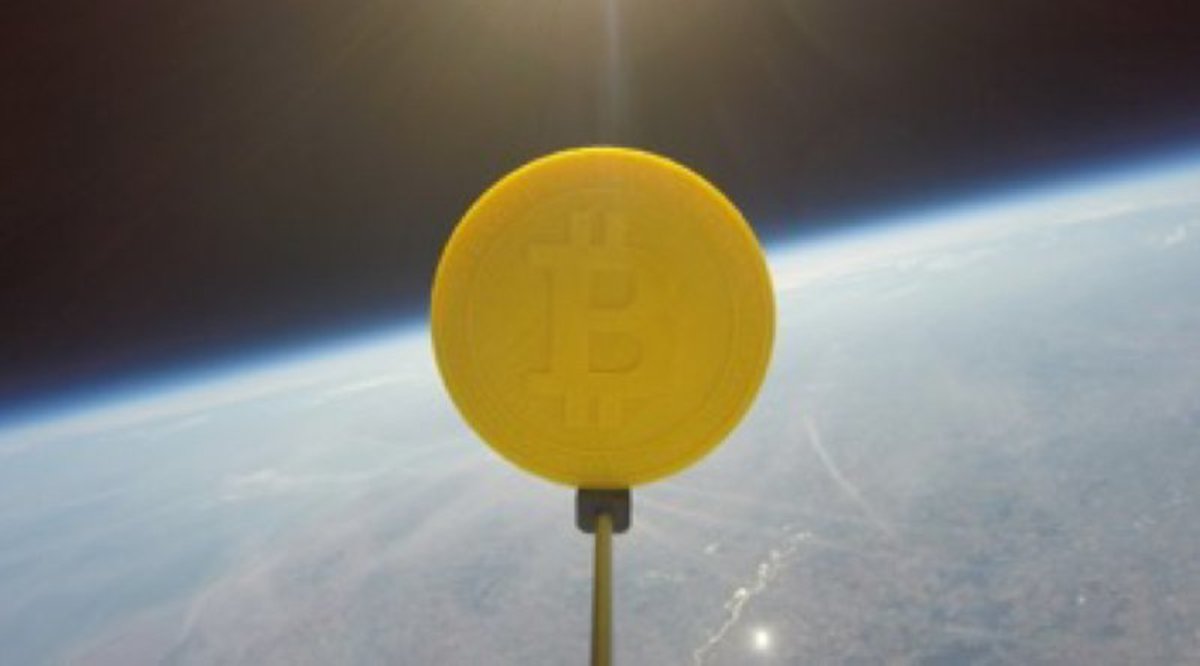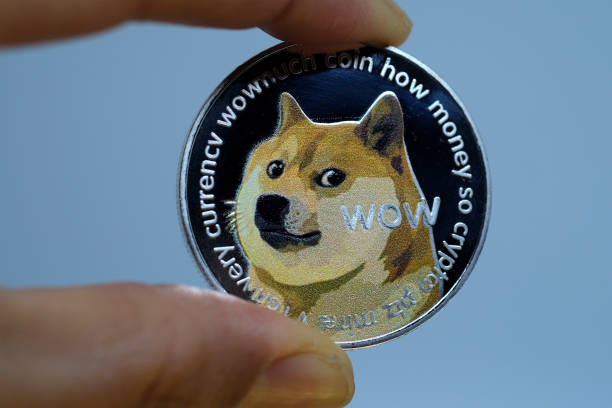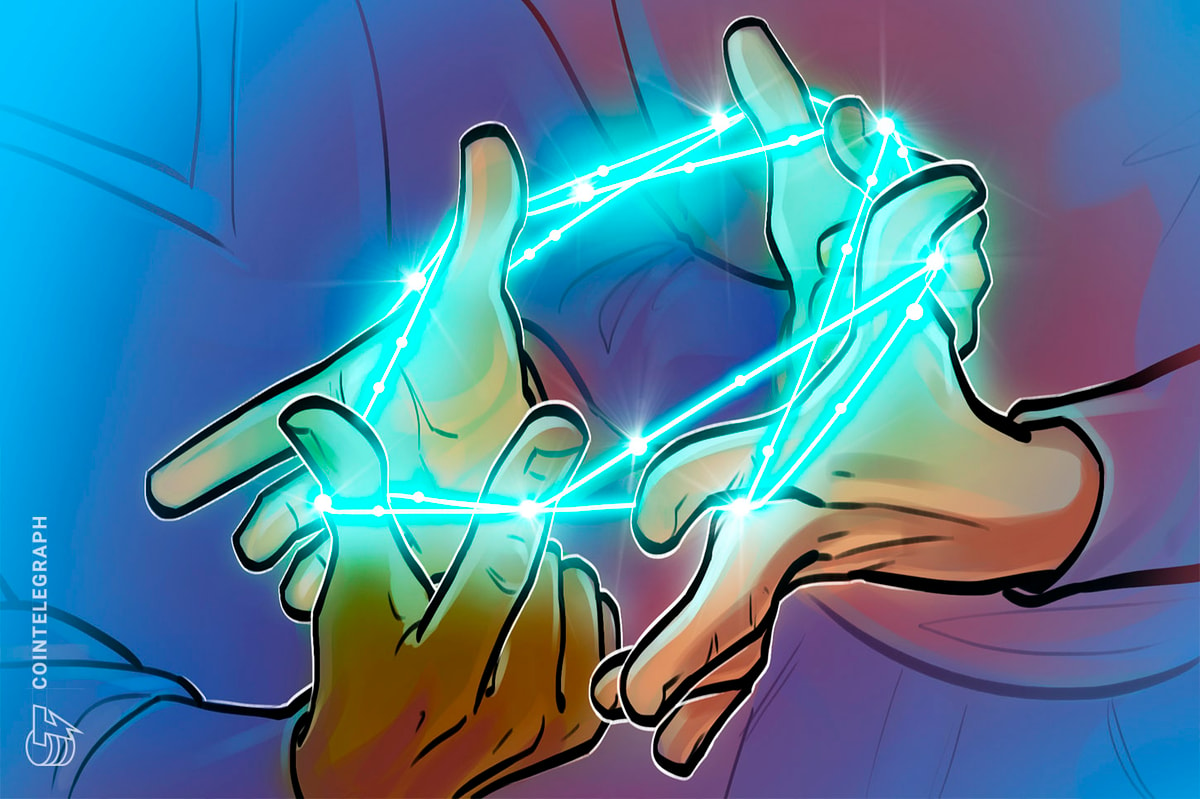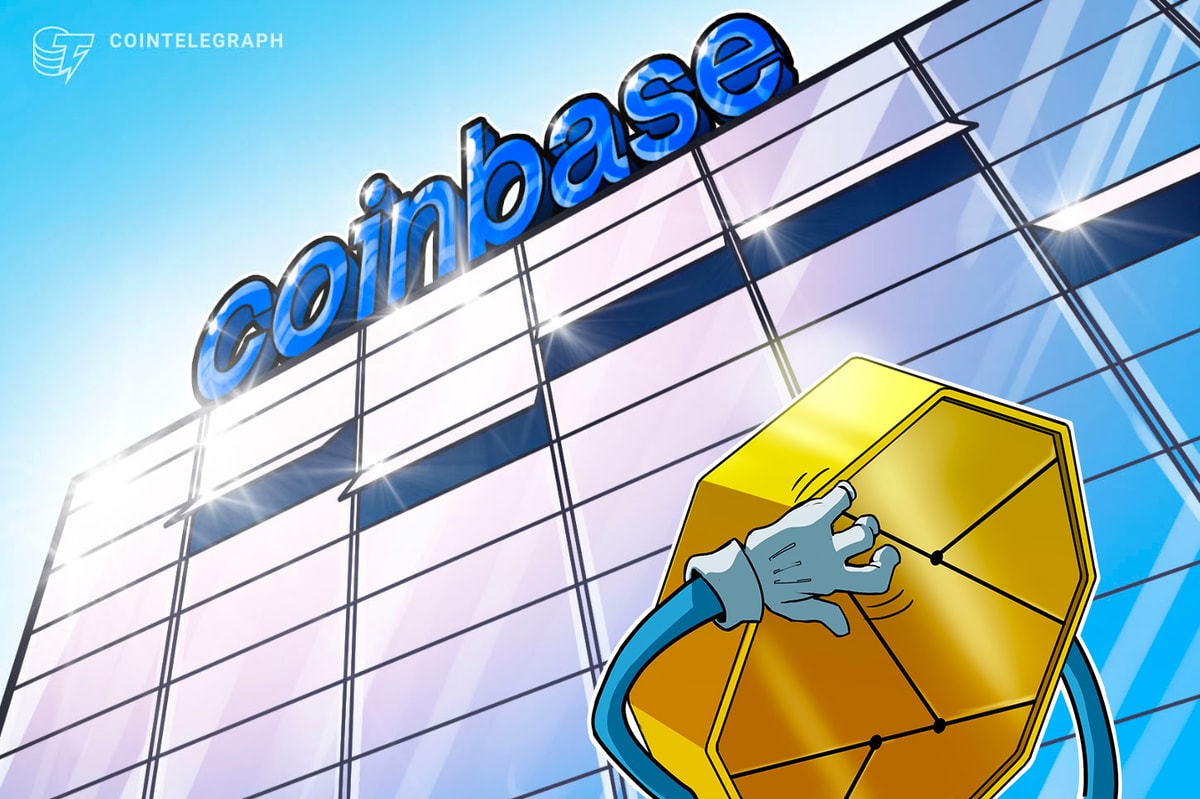
Bitcoin has come a long way since it was first introduced to the cyberpunk world by Satoshi Nakamoto in 2008, and now for the first time, space travel history has been made with the digital currency.
Genesis Mining, a major bitcoin cloud mining company, recently conducted the first peer-to-peer financial transaction in space.
Searching for a way to increase awareness of Bitcoin, while educating people about its benefits as the standard bearer for digital currencies, Genesis Mining decided that sending bitcoin into space was the perfect way to achieve this goal.
Speaking to Bitcoin Magazine, Marco Streng, CEO and cofounder of Genesis Mining, said that the Bitcoin community started using the catchphrase “to the moon” when the growth of the digital currency was rapidly escalating. For the company, this was their way of saying that they think this ambition is still possible.
“We hope its value and the value it returns to the world will continue to grow and we believe firmly that there are no limits to its success,” Streng said.
With growing interest in private space programs and the increased possibility of space tourism, Genesis Mining decided to demonstrate how easy bitcoin is to use by sending it into space. Streng adds, however, that sending it to the moon itself is still out of reach for them for the time being.
“While we knew that sending it to the moon may prove difficult in the short term, near space was a pretty great achievement for cryptocurrency so we decided to pursue the project,” he said.
Surrounded by the lush greenery of the rolling hills and blue skies of Sheffield, England, the team released their weather balloon carrying a 3D printed bitcoin and a Bitcoin wallet. Initially, the goal was to clear 20 km, which is above the Armstrong Limit (the altitude beyond which humans cannot survive without a pressure suit), and send a bitcoin to the wallet.
In space, there are many layers. What is known as “near space” is the region of Earth’s atmosphere that is between 20 and 100 km (65,000 and 328,000 feet) above sea level. The Armstrong Limit is roughly at 20 km, but it extends up to the Kármán Line, where outer space begins and astrodynamics take over from aerodynamics for flight to be achieved.
Once the weather balloon had reached 20 km, the team at Genesis Mining sent one bitcoin to the wallet to make it official, but they wanted to see if they could reach a higher limit.
“We hoped to get over 30 km, which we did,” said Streng. “Our partners let us know that 34 km was going to be the optimal height and that is when we sent the second coin.”
For the team, sending bitcoin into space helps to increase awareness about the digital currency and demonstrate its ease of use.
“We believe firmly in technology being a vehicle to make our lives better. Showing that Bitcoin can be a part of the growing private space enterprise is another step in that direction,” Streng said.
Watch the video of the bitcoin launch into near space here:










